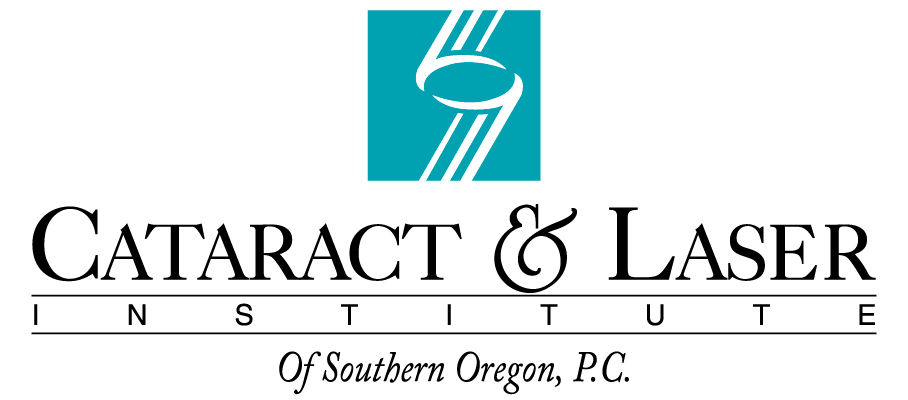Corneal Cross Linking In Medford
Corneal Cross Linking is an FDA approved treatment for Keratoconus and other irregularities of the cornea. These are complex medical conditions that can begin with mild symptoms like nearsightedness and advance over time with symptoms such as blurry vision, distortions and halos, shadows and ghosting. Once detected during a comprehensive eye exam, it is important to seek treatment from a Cornea Specialist. Cataract and Laser Institute has a Cornea Specialist and Cornea Surgeon on staff in Medford. All treatment begins with a Consultation. Schedule an Appointment today at (541) 779-2020.


